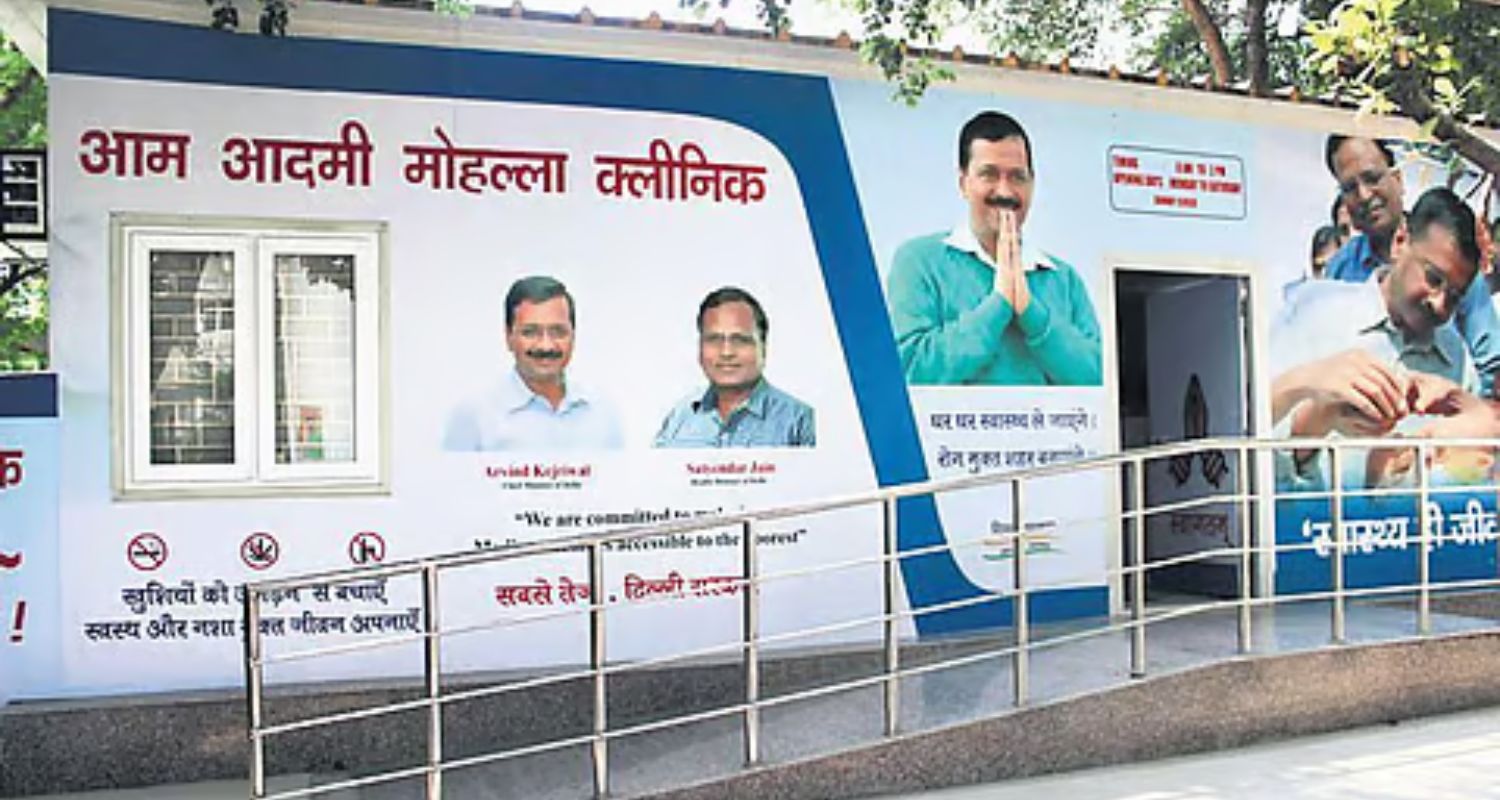The Comptroller and Auditor General (CAG) of India has highlighted severe shortcomings in Delhi’s healthcare infrastructure, citing financial mismanagement, administrative negligence, and lack of accountability over the past six years.
The report, expected to be presented in the Delhi Assembly today, points to a severe crisis in critical medical services, healthcare staffing, and hospital infrastructure, raising concerns over the state government’s handling of public health.
Key findings of the CAG Report
1. Critical medical services missing in several hospitals
The audit report revealed alarming gaps in essential healthcare services across Delhi’s government hospitals. Among the 27 hospitals assessed:
- 14 hospitals lack Intensive Care Unit (ICU) facilities, making it difficult to provide life-saving treatment for critical patients.
- 16 hospitals do not have blood banks, severely affecting emergency and surgical care.
- Oxygen supply is unavailable in 8 hospitals, despite its crucial role in patient care.
- 15 hospitals lack mortuary facilities, posing challenges in managing deceased patients.
- 12 hospitals are functioning without ambulance services, hindering emergency response efforts.
2. Poor Infrastructure in Mohalla Clinics and AYUSH Dispensaries
The CAG report raised concerns over the deteriorating condition of Delhi’s mohalla clinics—neighborhood-level healthcare centers meant to provide accessible primary care.
Many clinics were found to be operating without basic amenities such as toilets, power backup, and even examination tables. Similar infrastructure deficiencies were observed in AYUSH (Ayurveda, Yoga, Unani, Siddha, and Homeopathy) dispensaries, limiting their ability to provide adequate healthcare services.

3. Acute shortage of healthcare workers
A severe shortage of medical personnel has further crippled the state’s healthcare system:
- 21% shortage of nurses, impacting inpatient care.
- 38% shortage of paramedical staff, affecting diagnostic and emergency services.
- 50-96% shortage of doctors and nurses in some hospitals, leading to overwhelmed medical teams and long patient waiting times.
4. Non-utilisation of critical hospital infrastructure
Despite being equipped with modern medical facilities, several hospitals failed to make use of critical infrastructure:
- Operation theatres, ICU beds, and private rooms remain unused at Rajiv Gandhi and Janakpuri Super Speciality Hospitals due to administrative inefficiencies.
- Trauma centers are understaffed and lack specialist doctors, limiting their ability to handle emergency cases effectively.
5. Underutilisation of COVID-19 emergency funds
The report exposed financial mismanagement in pandemic-related spending:
- Out of ₹787.91 crore allocated for COVID-19 response, only ₹582.84 crore was utilised.
- ₹30.52 crore meant for healthcare workers remained unspent, despite severe shortages.
- ₹83.14 crore allocated for essential medicines and PPE kits went unused, raising concerns over preparedness during the pandemic.
6. Failure to expand hospital bed capacity
The Delhi government had promised to add 32,000 new hospital beds, but the report found that only 1,357 beds (just 4.24%) were actually added. This has resulted in extreme overcrowding:
Some hospitals reported occupancy rates between 101% and 189%, forcing patients to receive treatment on floors due to lack of beds.
7. Delayed hospital projects and cost overruns
The report flagged major delays of 3-6 years in hospital expansion projects, leading to cost overruns of ₹382.52 crore. Several key hospitals, including Indira Gandhi Hospital, Burari Hospital, and MA Dental Phase-II, were among those severely impacted by these delays.
8. Long waiting periods for surgeries
Patients in Delhi’s hospitals are forced to endure extensive delays for essential surgeries due to limited resources:
- At Lok Nayak Hospital, waiting times for general surgeries range from 2-3 months, while burn and plastic surgeries take 6-8 months.
- CNBC Hospital has a staggering 12-month waiting period for pediatric surgeries, delaying life-saving treatments for children.
Second CAG report in Delhi assembly
This will be the second CAG report to be tabled in the Delhi Assembly within a short period. Earlier this week, Chief Minister Rekha Gupta had presented a CAG report on the Delhi Excise Policy, which also raised concerns over financial mismanagement.
With these alarming revelations, the CAG’s latest findings put Delhi’s healthcare crisis in sharp focus, urging immediate corrective action to ensure better medical services, adequate staffing, and efficient utilisation of public funds.
Also Read: Rekha Gupta-led Delhi govt to present 14 CAG reports today


